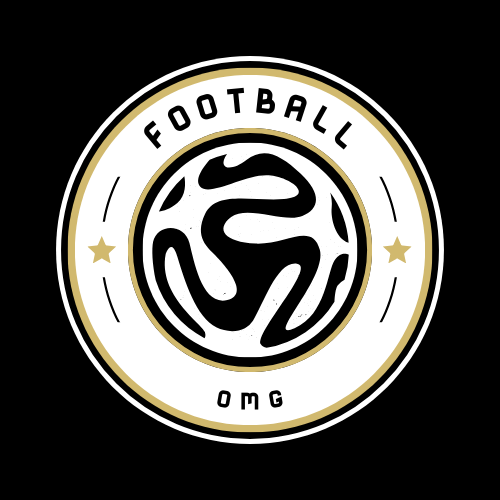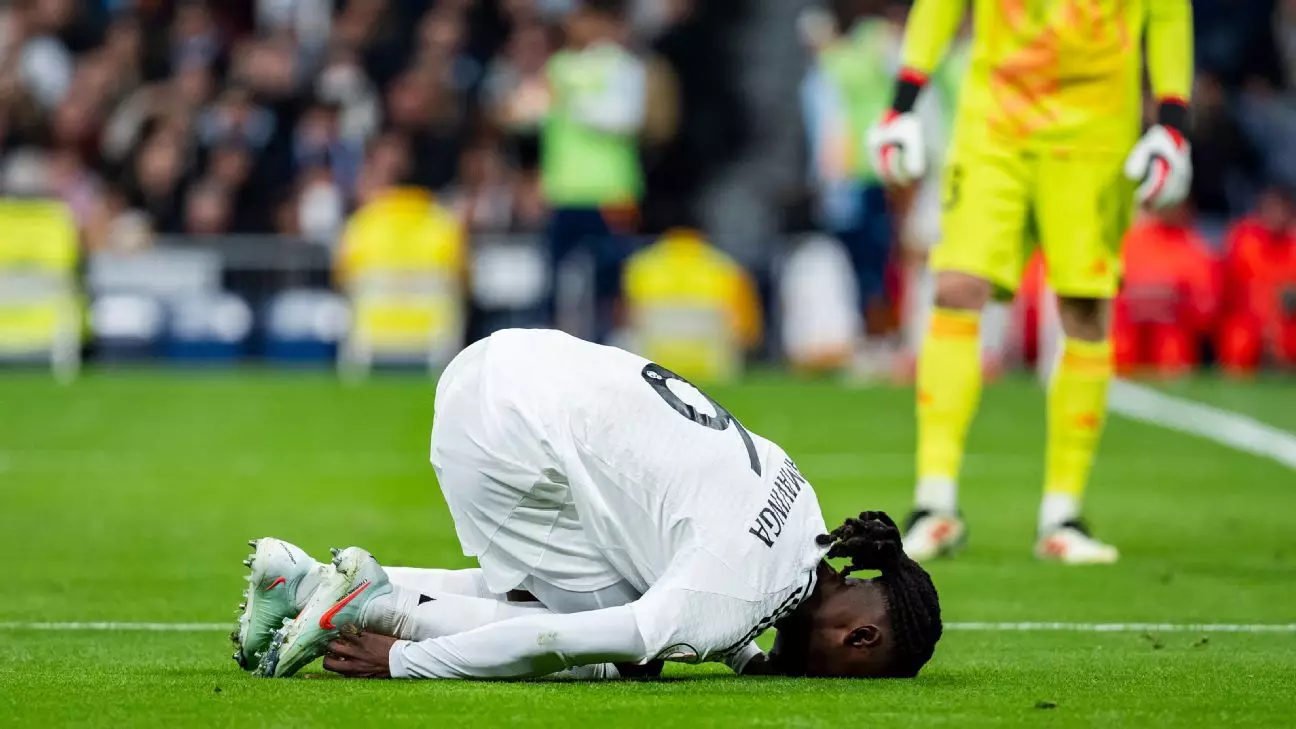Real Madrid’s recent victory against Celta Vigo came at a cost as midfielder Eduardo Camavinga is now sidelined with a muscle injury. This setback is significant for the club as they head into two critical Champions League fixtures against RB Salzburg and Brest. Camavinga, who has been an integral part of the team’s midfield, will miss approximately three weeks due to this injury. His absence not only weakens the squad’s depth but also puts additional pressure on his teammates to step up in high-stakes matches.
The injury, diagnosed as a muscular issue in the biceps femoris of his left leg, occurred during extra time in the Copa del Rey match. Although he felt discomfort, Camavinga remained on the field, illustrating his commitment to the team. However, it seems that his decision to continue playing may have exacerbated the injury, leading to his current predicament. This situation highlights a critical point regarding player health management; athletes frequently push through pain, risking more severe injuries that could lead to extended absences.
This latest injury marks the third time this season that Camavinga has faced setback in his fitness. His earlier injuries, including a knee issue during a warm-up session prior to the European Super Cup and a muscular problem last November, raise concerns about his durability and ability to handle the physical demands of a challenging season. While injuries are a part of the game, the frequency with which they are occurring could prompt the coaching staff to consider his training regimen and match preparedness more carefully in the future.
With Camavinga unavailable, Real Madrid is in a precarious position, currently standing 20th in the Champions League table and trailing by four points from the qualification spots for the knockout rounds. The pressure mounts as they need to secure victories against forthcoming opponents Las Palmas, RB Salzburg, and Brest to revive their campaign. The absence of Camavinga may require tactical adjustments and more prominent roles from other midfielders, who must adapt quickly to fill the void left by the young Frenchman.
The timeline for Camavinga’s recovery suggests he may be fit to return by mid-February for a derby against Atlético Madrid, which is a beacon of hope for Real Madrid fans. His contribution to the team’s dynamics is crucial, and a strong showing upon his return could help reinvigorate a struggling squad. However, the challenge lies in navigating these pivotal matches without one of their key players—a test that could define Real Madrid’s season trajectory in both domestic and European competitions. As the club manages these injuries and strives for a stronger second half of the season, the importance of resilience and adaptation becomes ever more critical.

